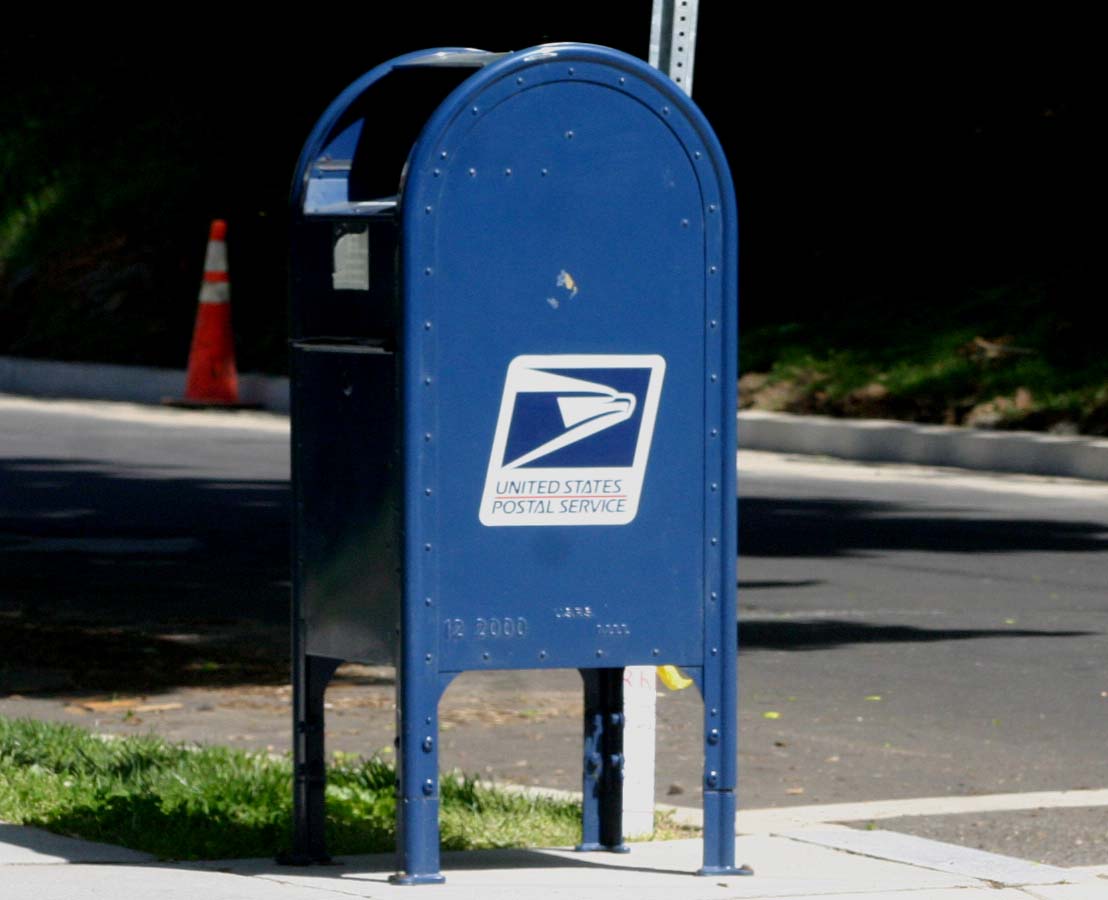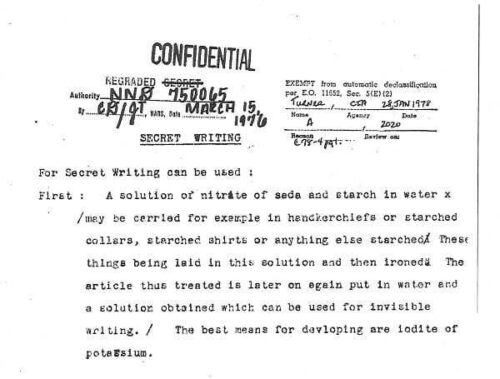This (replacement) mailbox is identical to the one, and in the same location, that convicted spy Aldrich Ames used to signal his Russian counterparts. Ames would place a horizontal chalk mark about 3″ long above the USPS logo. Photo: dbking / CC BY 2.0 DEED.
In a world where surveillance is commonplace and high-tech devices are omnipresent, it’s easy to assume that the craft of espionage has become entirely dependent on advanced technology. Yet, some of the most successful spying techniques are surprisingly low-tech, echoing methods from the past.
Secret Writing
The use of invisible ink is a technique that harks at least all the way back to Philo of Byzantium in 217-218 BC. After drying, the written surface appears to be blank, mirroring the texture and reflectivity of the untouched surrounding area. The message can later be made visible. by different methods according to the type of invisible ink used. The U.S. Central Intelligence Agency (CIA) kept a World War I invisible ink recipe in its possession classified until 2011.The CIA has stated that the recent advancements in technology have enabled the disclosure.
Dead Drop
The use of “dead drops” is another low-tech method that has stood the test of time. This involves placing an object or information in a hidden location for another person to retrieve later. For example, UK spies in Moscow were once discovered using a faux rock in a park to conceal electronic communication devices. While the signal and location must be predetermined, the signal might not necessarily be situated near the dead drop. Furthermore, the operatives involved in the operation may remain anonymous to each other and may never have a face-to-face meeting. Despite the risk of compromise, the method is still widely used due to its effectiveness.
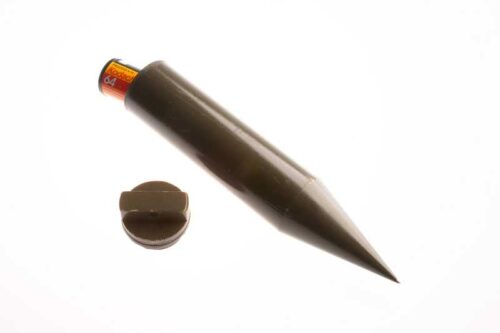
Brush Pass
A “brush pass”, often depicted in spy movies, is a brief encounter where an agent and a case officer pass something between them. This method is commonly used to exchange information or items without arousing suspicion. It encompasses a wide range of techniques in which one operative passes a physical item to another operative. The exchange can happen so quickly and subtly, like during an accidental bump or trip, that it often goes unnoticed by onlookers.
Shortwave Broadcasting
Shortwave radio is another traditional method that remains effective. This technique, which originated in World War II, involves transmitting data bursts over shortwave radio frequencies. The use of shortwave radio comes with the advantage of needing shorter antennas, which enhances its portability and ease of use. Furthermore, a single shortwave radio transmitter can reach vast areas, making it an ideal choice for international broadcasting. A “numbers station” is a type of shortwave radio station characterized by broadcasts of formatted numbers, which can be used by intelligence agencies to send messages to their spies abroad. Despite the emergence of more contemporary communication methods, this technique is still in use today due to its reliability and the difficulty in intercepting it.
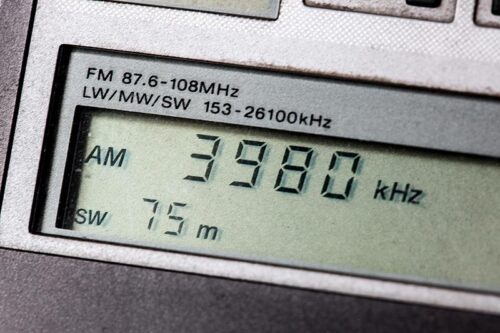
Staying Offline
In the digital era, staying offline can be a potent strategy against surveillance. For instance, Osama bin Laden managed to evade U.S. authorities for a significant period by staying offline. Similarly, following Edward Snowden’s leaks of highly classified information about U.S. National Security Agency (NSA) activities, officials in Russia and Germany announced they were investing in mechanical typewriters as a counter-surveillance measure. This was reportedly done with the aim of preventing leaks from computer hardware.
Shared Email Account
To avoid leaving digital footprints such as routing data, IP addresses, and other revealing metadata, both terrorists and spies use a shrewd technique. They draft an email but instead of sending it, they save it in the drafts folder of a shared account. This method is so prevalent that even government officials use it. CIA director General David Petraeus used it to communicate with his biographer, Paula Broadwell. In order to add an extra layer of security, Petraeus and Broadwell, after creating email accounts under pseudonyms, chose to communicate using the draft function of their email accounts.
One-Time Pad
A one-time pad (OTP) is a type of encryption technique that is theoretically unbreakable, offering perfect secrecy. The term “pad” comes from early implementations where the key material was distributed as a pad of paper. These are codes that are used once and then discarded. An OTP might consist of a series of random numbers, each of which is used to shift a letter in the message a corresponding number of places forward or backward in the alphabet. Despite its theoretical security, the OTP is not widely used due to practical limitations, such as the difficulty of key distribution and secure storage.
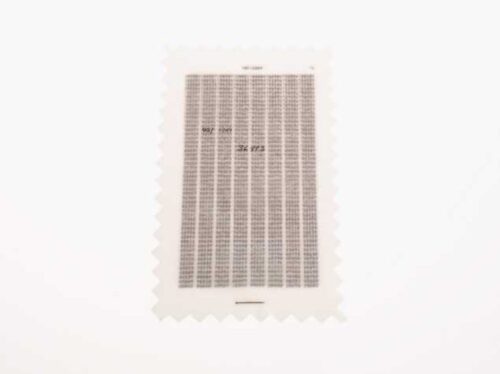
Physical Data Transfer
Physical Data Transfer refers to the process of physically transporting electronic data, especially computer files, by moving removable storage devices from one computer to another. This is typically done instead of transferring the information over a computer network. Colloquially known as “sneakernet”, the term humorously alludes to ethernet and signifies the use of a person wearing sneakers to transport the data.
Concealment Devices
Concealments can be any object with hidden compartments where spies can clandestinely hide items or information for later retrieval. These concealments can take the form of everyday objects, making them inconspicuous. The key is that these objects blend seamlessly into their surroundings, ensuring they don’t arouse suspicion. Examples of concealment devices include items such as coins with hollow interiors, dead-drop spikes, shaving brushes with hidden compartments, and makeup compacts designed with secret spaces.
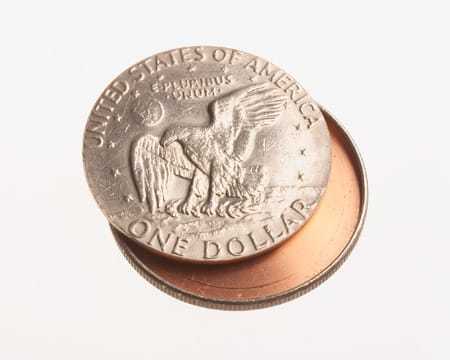
Key to Successful Espionage
The key to successful espionage often lies not in the complexity of the methods used, but in their execution and the spy’s ability to blend in. These examples demonstrate that while technology continues to progress, there is still room for low-tech methods in the realm of espionage. These techniques, which have proven their effectiveness over the years, remind us that sometimes, the old ways are still the best ways.
Resources
Central Intelligence Agency
CIA.gov
International Spy Museum
SpyMuseum.org
*The views and opinions expressed on this website are solely those of the original authors and contributors. These views and opinions do not necessarily represent those of Spotter Up Magazine, the administrative staff, and/or any/all contributors to this site.

